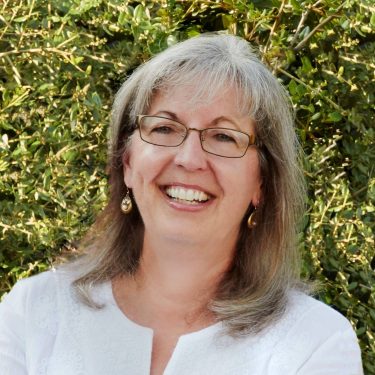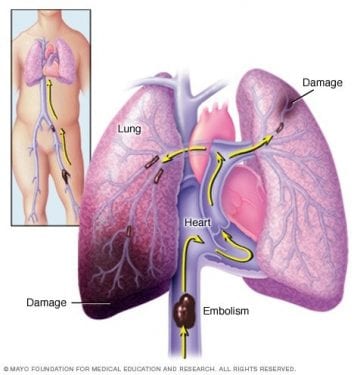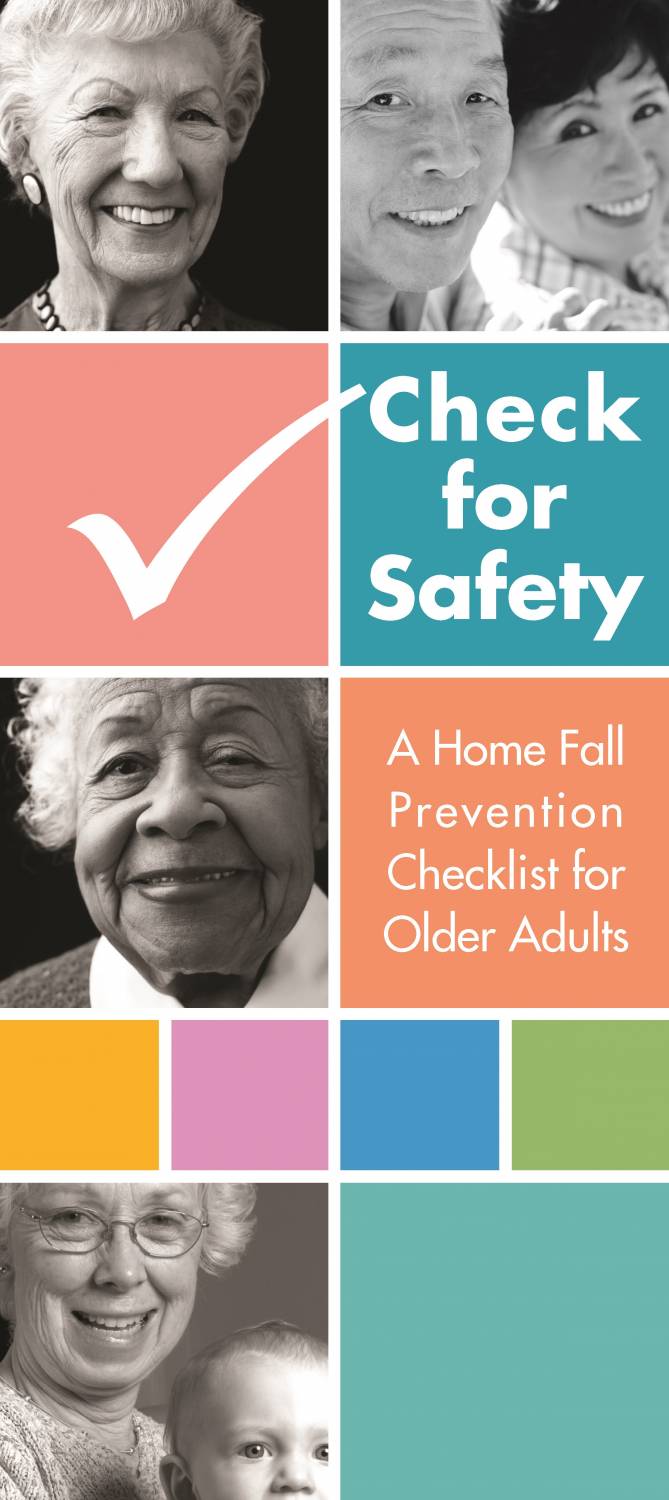Safety’s No Accident: Prevent Falls in Your Home
by Jill Breysse
A dear friend of mine turned 71 this month; unfortunately, she spent her birthday in the hospital. After a recent fall in her home around the holidays, she had nasty bruises on her leg but basically thought she’d lucked out and was fine. In early January, however, she went to the doctor complaining of sharp leg pain. Tests indicated she had a blood clot within a vein in her ankle. Blood clots can be life-threatening because the clot may break loose, travel through the bloodstream, and in the lungs, causing a pulmonary embolism. She is lucky she got medical help before a tragedy occurred, but I was worried she might fall again.
My friend told me she fell after tripping on one of the many throw rugs she uses throughout her home. Throw rugs are a relatively inexpensive way to add color or warmth to a space and protect flooring finishes, but they are also notorious trip hazards, especially when they aren’t securely attached to the floor. Throw rugs are just one of the home hazards listed in the U.S. Centers for Disease Control and Prevention’s (CDC) Check for Safety brochure. This brochure contains a simple fall prevention checklist for older adults, listing 28 home hazards that are “easy to overlook but easy to fix.” Each home hazard includes simple guidance for correcting a safety hazard.
I printed a copy of this checklist for my friend, who plans to use it in her home once she’s released from the hospital. NCHH is also currently using the checklist in its Aging Gracefully in Place research project. We adapted the checklist to check the safety of older adult homes before and after clients participate in Johns Hopkins’ CAPABLE© (Community Aging in Place – Advancing Better Living for Elders) program, to see if client homes contain fewer safety hazards after they participate in the project.
The National Council on Aging reports that falls are “the leading cause of fatal and non-fatal injuries for older Americans,” threatening their safety and independence and generating “enormous economic and personal costs.” According to the CDC:
- One in four Americans 65 and older falls each year.
- Every 11 seconds, an older adults is treated in the emergency room for a fall.
- Every 19 minutes, an older adult dies from a fall.
- Falls result in more than 2.8 million injuries treated in emergency departments annually, including over 800,000 hospitalizations and more than 27,000 deaths.
- In 2015, the total cost of fall injuries was $50 billion. Medicare and Medicaid shouldered 75% of these costs.
- The financial toll for older adult falls is expected to increase as the population ages and may reach $67.7 billion by 2020.
- Hospital costs for fall injuries average more than $30,000 per incident and are more expensive for older adults.
- Falls, with or without injury, scare many older adults so much that they limit their activities inside and outside the home, which can “result in further physical decline, depression, social isolation, and feelings of helplessness.”
Please give CDC’s home safety checklist to your older loved ones – it’s just one tool that can help them live safely and securely in their homes. It helps protect younger adults and children, too!
Additional Resources
- National Center for Healthy Housing. Healthy Homes Maintenance Checklist (also available in Spanish).
- National Council on Aging, Center for Healthy Aging, National Falls Prevention Center. Resources for Older Adults and Caregivers.
- U.S. Centers for Disease Control and Prevention. Stay Independent.
- U.S. Centers for Disease Control and Prevention. Older Adult Falls.
 Jill Breysse, CIH, MHS, Project Manager, joined NCHH in 1998. During her time with the organization, Ms. Breysse authored several peer-reviewed research articles evaluating healthy homes hazard assessment tools and interventions; was the lead author of guidance on conducting health impact assessments for housing decisions; helped to develop the National Healthy Homes Standard, an evidence-based standard of care for existing owner-occupied and rental housing; and served as the project manager for several healthy homes projects related to older adults, such as Aging Gracefully in Place, which aimed to improve elderly residents’ physical function and enhance their housing conditions so that they can safely age in their existing homes. Ms. Breysse holds a Master of Health Science in environmental health engineering from the Johns Hopkins Bloomberg School of Public Health and a Bachelor of Science in chemistry from the University of Maryland. Ms. Breysse retired in February 2024 after 25 years with NCHH.
Jill Breysse, CIH, MHS, Project Manager, joined NCHH in 1998. During her time with the organization, Ms. Breysse authored several peer-reviewed research articles evaluating healthy homes hazard assessment tools and interventions; was the lead author of guidance on conducting health impact assessments for housing decisions; helped to develop the National Healthy Homes Standard, an evidence-based standard of care for existing owner-occupied and rental housing; and served as the project manager for several healthy homes projects related to older adults, such as Aging Gracefully in Place, which aimed to improve elderly residents’ physical function and enhance their housing conditions so that they can safely age in their existing homes. Ms. Breysse holds a Master of Health Science in environmental health engineering from the Johns Hopkins Bloomberg School of Public Health and a Bachelor of Science in chemistry from the University of Maryland. Ms. Breysse retired in February 2024 after 25 years with NCHH.
Latest page update: February 22, 2024 (bio only).

